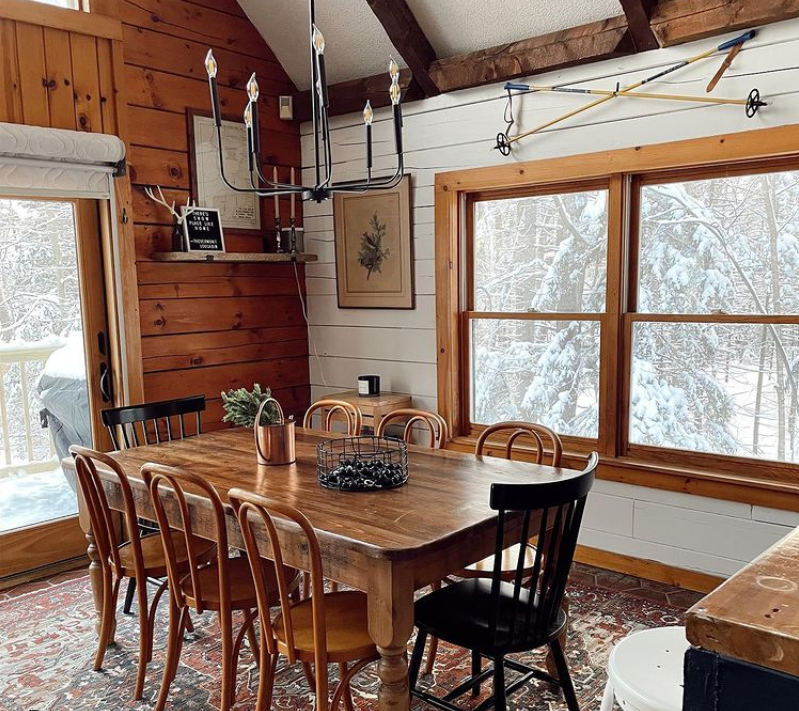What Are Paint Color Undertones And Why Do They Matter?

One of things I talk a lot about in my paint color review posts is paint color undertones. I’ll often say things like “white paint with yellow undertones,” or a “black paint with neutral undertones.”
That’s because paint color undertones play a huge role in the way a paint color looks when it’s up on the wall. However, if you’re new to home decorating (or even if you’re not!), undertones can be a bit confusing to understand.
Here, I’m going to explain what paint color undertones are, the impact they have on the way a room looks, how to find paint color undertones, and how the direction your rooms face can impact the way undertones read to your eye.
Understanding all of this will help you learn to narrow down your paint color choices faster, and find a color that’ll look the way you want it to once it’s up on your walls.
What are Paint Color Undertones?

Every paint color, unless its a true red, blue, or yellow, is made up of multiple pigments. The “main” color you see most clearly is called the masstone, or the overtone. i.e. if you’re looking at white paint samples, white is the masstone.
The subtle, underlying pigments that gives the color it’s nuance and depth are called the undertones. These undertones are often more prominent under specific lighting conditions or when placed next to other colors.
Red and yellow undertones are usually considered to be warm, while blue, green, or purple undertones are considered to be cool.
A paint color can also have what’s called “neutral undertones,” which means that the warm and cool undertones in the paint color are balanced.
Why are Undertones Important?
The undertone of a paint color can greatly influence the room’s overall feel. A gray with a blue undertone might make the room feel cooler and more tranquil, whereas a gray with a red undertone could lend warmth. Being unaware of these undertones can result in unexpected, and often unwelcome, color shifts once the paint is on the walls.
The Role of Natural Light

Natural light affects the way color looks in two ways.
First, in a room that gets a lot of natural light, colors generally appear lighter. In the room above, I used Benjamin Moore Swiss Coffee, which is a richer, creamier white, but it appears almost like a bright white.
The direction from which a room receives natural light can also significantly alter the appearance of a paint color and highlight or diminish its undertones.
- North-facing rooms: These spaces receive cooler, bluish light, which can amplify blue, green, or purple undertones. Warm colors might appear more muted, while cool colors could feel even colder. To counteract this effect, consider paint colors with warm undertones.
- South-facing rooms: Bathed in warm, golden light throughout the day, south-facing rooms are versatile. Both warm and cool colors tend to look great, but the light might intensify warm undertones, making them feel brighter and more vibrant.
- East-facing rooms: The light is bright and warm in the morning, becoming cooler as the day progresses. Blue and green undertones can become dominant in the afternoon, while warmer shades will shine in the morning.
- West-facing rooms: The opposite of east-facing spaces, these rooms are cooler in the mornings and receive a richer, warmer light in the afternoon. This can make warm undertones feel intensely saturated in the evening.
Tips for Selecting the Perfect Paint Color
- Sample, Sample, Sample: Always test a paint color in the room where it will be applied. Paint a large swatch and observe how it changes under different lighting conditions throughout the day.
- Consider Surroundings: Look at the furniture, artwork, and other elements in the room. They can also influence how undertones appear.
- Use Neutral Lighting: When assessing paint colors, use neutral white light bulbs instead of yellow or cool LED lights. This offers a balanced light spectrum, allowing for a more accurate representation of the color.






